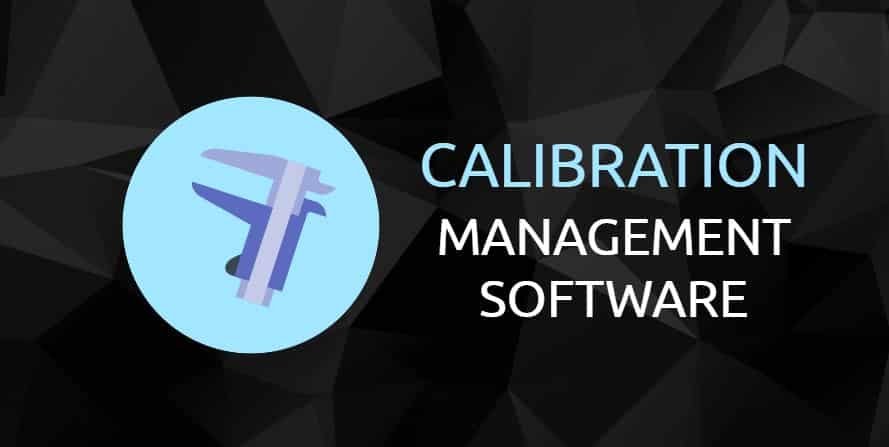
Are you still using excel or word in your business to record, track and manage calibration results? With the traditional approach, you must be facing some challenges like errors in the data entry process, risk of non-compliance due to traceability, irregular calibrations, and collaboration/ transfer issues.
Because of such and many more, you need dedicated calibration management software designed to meet the ever-emerging and changing business requirements. A great solution makes the calibration management process pretty simpler. The software provides automated storage and management of all the equipment details and calibration-related data. That includes scheduling, analyzing, and optimizing calibration frequencies. There’s also the generation of certificates, reports, and labels to help reduce errors and the cost while boosting the overall performance in the organization.
Steps involved in the calibration process
Table of Contents
Identification and categorization
The first thing here is to list all the business equipment and all other measurement devices. You can go ahead and categorize them on a critical and non-critical basis based on tolerance and calibration basis.
Staff training
The calibration team should also be prepared. And they must be trained to use the tools and perform calibration tasks accordingly.
Fixing the calibration schedules
You have to decide on the calibration of the several equipments that you have, which should be based on their criticality in the functions. You can schedule calibrations after a large-scale measuring project when the equipment stops functioning well and when necessary for the job at hand.
Executing calibration activities
The staff is therefore responsible for doing the calibration work, following all the safety procedures.
Calibration management software
As your business grows, it requires more equipment. That means the equipment increase and thus the demand for manual documentation. A reliable survey found out that equipment managers spend almost all their time processing paperwork. They can instead use that time to do something constructive. A calibration management software is a computer program that allows you to plan and track equipment calibrations. IT ensures that calibrations, adjusting, and replacing equipment are done one a timely manner through the maintenance of schedules communicating with relevant authorities, and keeping track of the history.
The calibrations help managers in ensuring that processing equipment work at their best. That is accomplished by ensuring that all moving parts are greased, and the consumable products replaced ahead of time.
The key benefits of calibration management software
Streamlined and automated software
A cloud-based CMS system can simplify managerial and administrative tasks. That streamlines workflow and helps calibration managers in keeping track of calibration intervals. The audit trail function of the software allows the engineers to optimize calibration intervals. The aim of the reports here is to make qualified and informed recommendations.
Increased efficiency
Automating and streamlining the calibration process improves plant efficiency. The labor-intensive calibration is streamlined by replacing the manual processes. Engineers can spend the time saved to do strategic analysis and other essential business tasks.
When you have the calibration management software, you need to incorporate it to benefit your organization perfectly. A reputable software expert like HGI software will help fix it in a way that fits seamlessly with other business functions and workflows for successful implementation.

